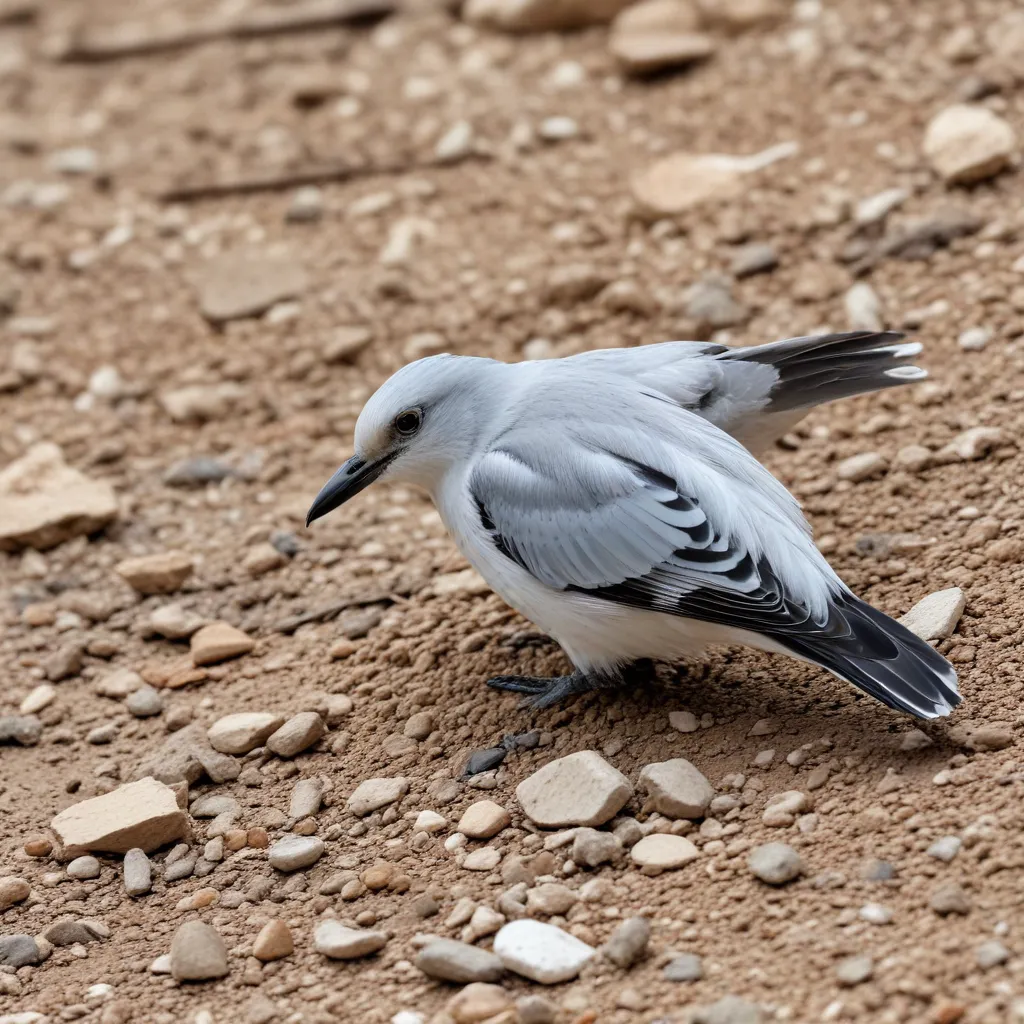
Avian Fatalities
As an experienced avian caretaker and expert in the field, I’ve observed firsthand the devastating impact that building collisions can have on local bird populations. The sheer number of avian fatalities caused by these types of accidents is truly staggering. In fact, studies estimate that up to 1 billion birds perish annually in the United States alone due to collisions with man-made structures.
Causes of Bird Collisions
There are several key factors that contribute to this alarming issue. One of the primary culprits is the widespread use of expansive glass surfaces in modern architecture. Birds are often unable to perceive the transparent barriers, resulting in catastrophic crashes. Additionally, artificial lighting at night can disorient migratory species, drawing them towards buildings and leading to deadly impacts.
Mitigation Strategies
Fortunately, there are proven strategies that can be implemented to significantly reduce avian collision rates. Architectural features such as window patterns, fritting, and angled glass can make structures more visible to birds. Appropriate lighting design, including motion sensors and downward-facing fixtures, can also minimize the disorienting effects that lure birds off course. By adopting these best practices, we can create a safer environment for our feathered friends.
Avian-Safe Building Design
Architectural Features
When it comes to designing buildings that are truly bird-friendly, the key is to incorporate features that make the structure more visible and perceptible to avian species. This can involve the strategic placement of windows, the use of contrasting patterns or markings, and even the angling of glass surfaces to reduce reflections. By carefully considering the needs and behaviors of birds, architects and developers can create built environments that coexist harmoniously with local wildlife.
Glass Treatment Techniques
In addition to architectural design elements, there are a variety of glass treatment techniques that can be employed to enhance the visibility of windows and other transparent surfaces. Fritting, a process of applying a ceramic pattern to the glass, is one highly effective method. Other options include the use of ultraviolet-reflective coatings, external screens or grilles, and even the application of decals or film. Each of these approaches helps to break up the expanse of clear glass, making it more apparent to birds in flight.
Urban Redevelopment
Downtown Transformation
In recent years, the city of Fort Worth has undergone a remarkable transformation, with significant investments in downtown redevelopment. This revitalization effort has brought about a wave of commercial development, the construction of new infrastructure, and the reconfiguration of public spaces. As these changes have unfolded, the impact on the local avian population has become a topic of growing interest and concern.
Environmental Impacts
The urban redevelopment in Fort Worth has inevitably led to alterations in the local habitat, affecting the distribution and behavior of resident bird species. The displacement of wildlife due to construction, the loss of natural foraging areas, and the introduction of new human-made structures have all contributed to the shifting landscape. However, as we’ll explore in the following sections, the city’s efforts to mitigate these environmental impacts have yielded some promising results.
Avian Populations
Species Affected
The bird species most vulnerable to the effects of downtown redevelopment in Fort Worth are primarily those that rely on urban and suburban environments for their survival. This includes a diverse array of migratory birds, such as warblers, sparrows, and thrushes, as well as resident species like pigeons, doves, and starlings. By understanding the specific needs and habits of these avian populations, we can better tailor our conservation strategies to ensure their long-term well-being.
Conservation Efforts
In response to the growing concerns about avian collisions and habitat loss, Fort Worth has implemented a range of conservation initiatives aimed at protecting local bird populations. These efforts include the establishment of monitoring programs, the deployment of citizen science initiatives, and the active engagement of the community in advocacy efforts. Through these multifaceted approaches, the city is working to strike a balance between urban development and environmental stewardship, ensuring a future where birds and humans can coexist harmoniously.
Data and Trends
Collision Reporting
One of the key components of Fort Worth’s avian conservation efforts is the collection and analysis of data on bird collisions. By encouraging residents to report incidents through dedicated hotlines and online platforms, the city is able to gather valuable information on the frequency, locations, and impacts of these accidents. This data is then used to inform decision-making, target mitigation strategies, and track the effectiveness of various interventions.
Collision Reduction Metrics
As a result of these comprehensive data collection and monitoring efforts, Fort Worth has been able to document a promising trend: a steady decline in the number of reported bird collision deaths in the downtown area. This reduction in mortality rates can be directly attributed to the implementation of bird-friendly building design principles, the strategic deployment of glass treatments, and the increased awareness and engagement of both developers and the general public. By closely monitoring these metrics, the city can continue to refine its approaches and ensure that the positive trajectory is maintained.
In conclusion, the progress made in reducing bird collision deaths in Fort Worth’s downtown area is a testament to the power of collaboration, innovation, and a deep commitment to environmental stewardship. As the city continues to evolve, the integration of avian-safe design principles and the active conservation of local bird populations will remain crucial priorities. By leading the way in this crucial effort, Fort Worth serves as a shining example for other urban centers seeking to create a more sustainable and harmonious coexistence between humans and the natural world.


